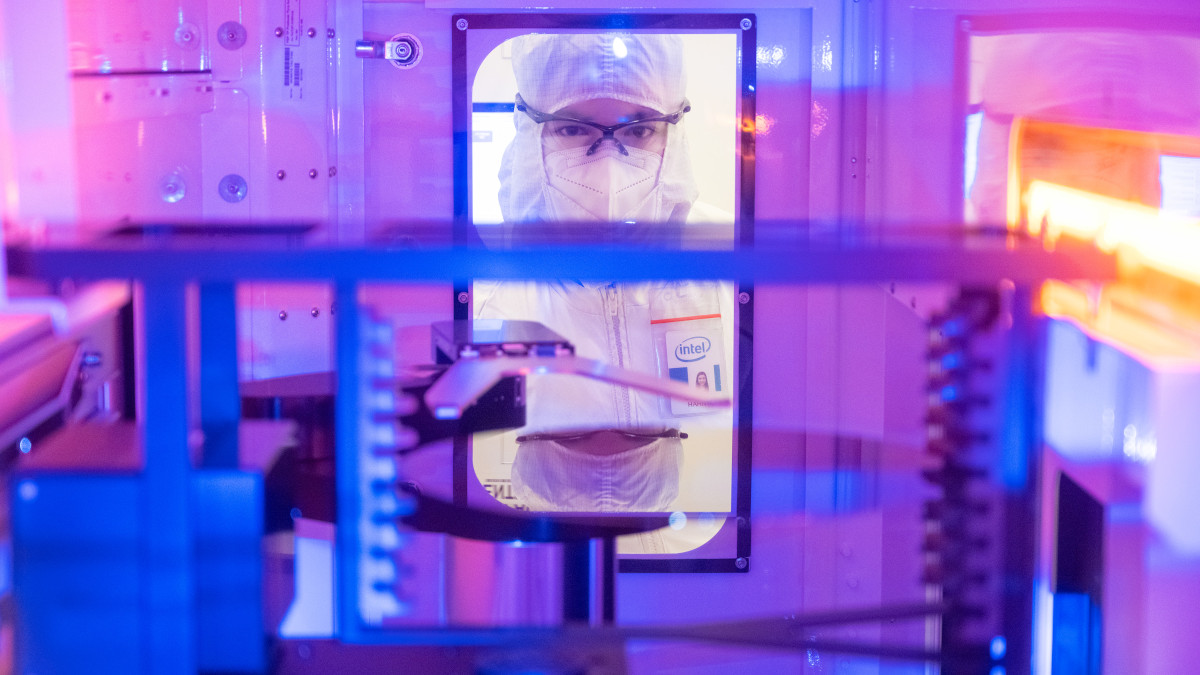Intel has celebrated the grand opening of a major $3 billion extension to its D1X factory in Oregon, USA, used for the development and manufacturing of advanced new processors and chip technologies.
As part of the expansion, the 500-acre campus has been renamed Gordon Moore Park, after the man who in 1965 predicted that the number of transistors on a chip would double every year, and the cost per unit halve.
In addition to increasing Intel’s manufacturing capacity, the extension will play a pivotal role in the company’s research and development (R&D) activity, with the aim of propelling Moore’s Law long into the future.
New Intel campus
In early 2021, Intel made public a reworking of its integrated device manufacturing strategy, which the company called IDM 2.0. The broad objective is to position Intel at the bleeding edge of chip design and manufacturing during a period of unprecedented demand.
The expansion of DX1 will afford Intel an additional 270,000 square feet of clean room space to help develop next-generation process nodes, transistor architectures and packaging technologies, which the company says will provide the foundation for new chips for personal and business computers, 5G networks, cloud servers and more.

“Since its founding, Intel has been devoted to relentlessly advancing Moore’s Law. This new factory space will bolster our ability to deliver the accelerated process roadmap required to support our bold IDM 2.0 strategy,” company CEO Pat Gelsinger said at the ribbon-cutting ceremony.
“Oregon is the longtime heart of our global semiconductor R&D, and I can think of no better way to honor Gordon Moore’s legacy than by bestowing his name on this campus, which, like him, has had such a tremendous role in advancing our industry.”
The upgrade to the Oregon campus is one of a number of recent multi-billion-dollar investments designed to boost Intel’s manufacturing capacity and pace of innovation.
In January, the company revealed it would splash $20 billion on a state-of-the-art manufacturing campus in Ohio, USA. This 1,000 acre “mega-site” will house up to eight separate fabs, which would make it one of the largest facilities in the world.
Last month, meanwhile, Intel announced plans to invest tens of billions into a litany semiconductor manufacturing projects across Europe, the largest of which will see €17 billion funelled towards a new site in Germany that will produce top-tier chips for both Intel itself and customers of Intel Foundry Services (IFS).
The company also recently acquired Tower Semiconductor for roughly $5.4 billion, a move designed to broaden the IFS portfolio with process technologies for specialist but high-growth markets such as automotive, medical and aerospace.




